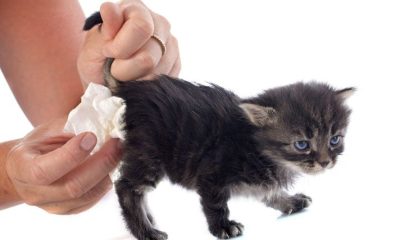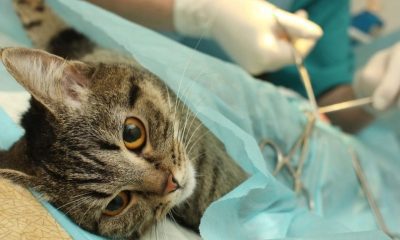Cats
The Best Way to Control Fleas on Your Cat

Flea control is a vital part of keeping your cat healthy and happy, and it can be difficult to know which method to choose. Fortunately, there are products available that are easy, quick, and effective for controlling fleas on cats. In this blog post, we will discuss the best way to control fleas on your cat, so that you can keep them safe from these pests. Read on to learn more about the advantages of using a flea control solution specifically designed for cats.
The life cycle of a flea
Fleas can quickly reproduce and can become a serious problem for cats. To understand how to control fleas, it’s important to first understand their life cycle. A flea has four stages: egg, larvae, pupae, and adult.
The female flea lays eggs on your cat, usually at the base of its fur. The eggs hatch after 2-3 days and turn into larvae. These larvae feed on debris in the environment such as skin cells or animal hair that has been shed. After 5-11 days, the larvae enter the pupal stage. During this stage, they create a cocoon around themselves and remain inside for 7-14 days until they become an adult flea. The adult flea then emerges from the cocoon and will start to feed on your cat’s blood to reproduce.
Knowing the life cycle of fleas is key to being able to successfully implement flea control for cats. Understanding how long each stage takes helps you know when to start using flea treatments and how often you should do so to prevent a flea infestation from occurring. It also gives you an advantage in knowing when to look out for signs of an infestation so that you can address the problem quickly.
Why are fleas attracted to cats?
Fleas are attracted to cats because of their warm bodies, easy access to food, and plentiful fur. Fleas are small, brownish-black bugs that feed on the blood of animals and humans. They can cause irritation and itching for cats, as well as anemia or infection in extreme cases.
Cats make easy targets for fleas due to their fur which provides a safe and warm environment for the flea eggs to hatch. Additionally, cats groom themselves regularly, which gives fleas easy access to the cat’s bloodstream.
The best way to prevent your cat from getting fleas is by regularly using flea control products. There are a variety of flea control products available for cats including topical solutions, collars, sprays, shampoos, and powders. These products can be found in pet stores and online. Additionally, you can speak with your veterinarian about recommended flea control products for your cat.
How do I know if my cat has fleas?
If you suspect your cat has fleas, there are a few ways to tell. First, check your cat’s fur for small black specks. These could be flea dirt, which is flea excrement that accumulates in your cat’s fur. You can also check your cat’s skin for signs of irritation or redness. If your cat is itching excessively or has bald patches on their coat, it could be an indication that your pet has fleas. Finally, if you see your cat scratching itself a lot and see any of the above symptoms, it is time to take action and begin a flea control plan for your cat.
There are many products available for flea control for cats, from over-the-counter topical treatments to prescription medications. Speak to your veterinarian about the best option for your cat and its lifestyle. They will be able to recommend a product that is safe and effective to help rid your cat of fleas.
How can I prevent my cat from getting fleas?
Preventing fleas on your cat is an important part of responsible pet ownership. While there are a variety of ways to keep fleas away from cats, some methods may be more effective than others.
The most effective way to keep fleas away from your cat is to use regular flea control products. These products come in both topical and oral forms and should be applied or administered according to the instructions provided by your vet. Topical products are generally applied to the back of the neck and will repel fleas when they come into contact with the cat’s fur. Oral products can provide up to 30 days of flea control, although it is best to consult with your vet for their recommendation based on your pet’s health.
In addition to flea control products, it is also important to regularly groom your cat. Regular brushing can help remove dead fleas and eggs from the fur. Additionally, keeping your cat’s bedding and environment clean and free of flea infestations can help reduce the risk of fleas settling on your pet. Finally, avoid bringing other animals that could have fleas into your home, as this could expose your cat to pests.
By following these tips, you can help ensure that your cat remains flea-free and healthy.
How can I get rid of fleas if my cat already has them?
If your cat has already been infested with fleas, it is important to take quick action to ensure that the problem is addressed before it gets out of hand. The best way to get rid of fleas on your cat is through a combination of flea control and prevention methods.
First, you should consider using an over-the-counter or prescription flea treatment specifically designed for cats. There are many types of topical flea treatments available, such as flea collars, spot-on treatments, sprays, and powders. Be sure to read the label carefully and follow the directions exactly as indicated.
Second, you should vacuum your home thoroughly and often to help remove any remaining fleas and eggs from carpets and furniture. Vacuuming will also reduce the number of adult fleas in your home. After vacuuming, be sure to dispose of the vacuum bag immediately to prevent re-infestation.
Finally, you should bathe your cat regularly with specially formulated flea shampoo for cats. This will help to remove any existing fleas and provide an additional layer of flea protection for your pet. Be sure to use lukewarm water and rinse your cat completely before allowing them to dry off.
By following these simple steps and using a combination of flea control methods, you can help to keep your cat flea-free and happy.
Read Also :
How to Groom Your Canine at Home?
Do You Know Why Dogs Scoot and How You Can Help?
Cats
Tips for Taking Care of a Pregnant Cat
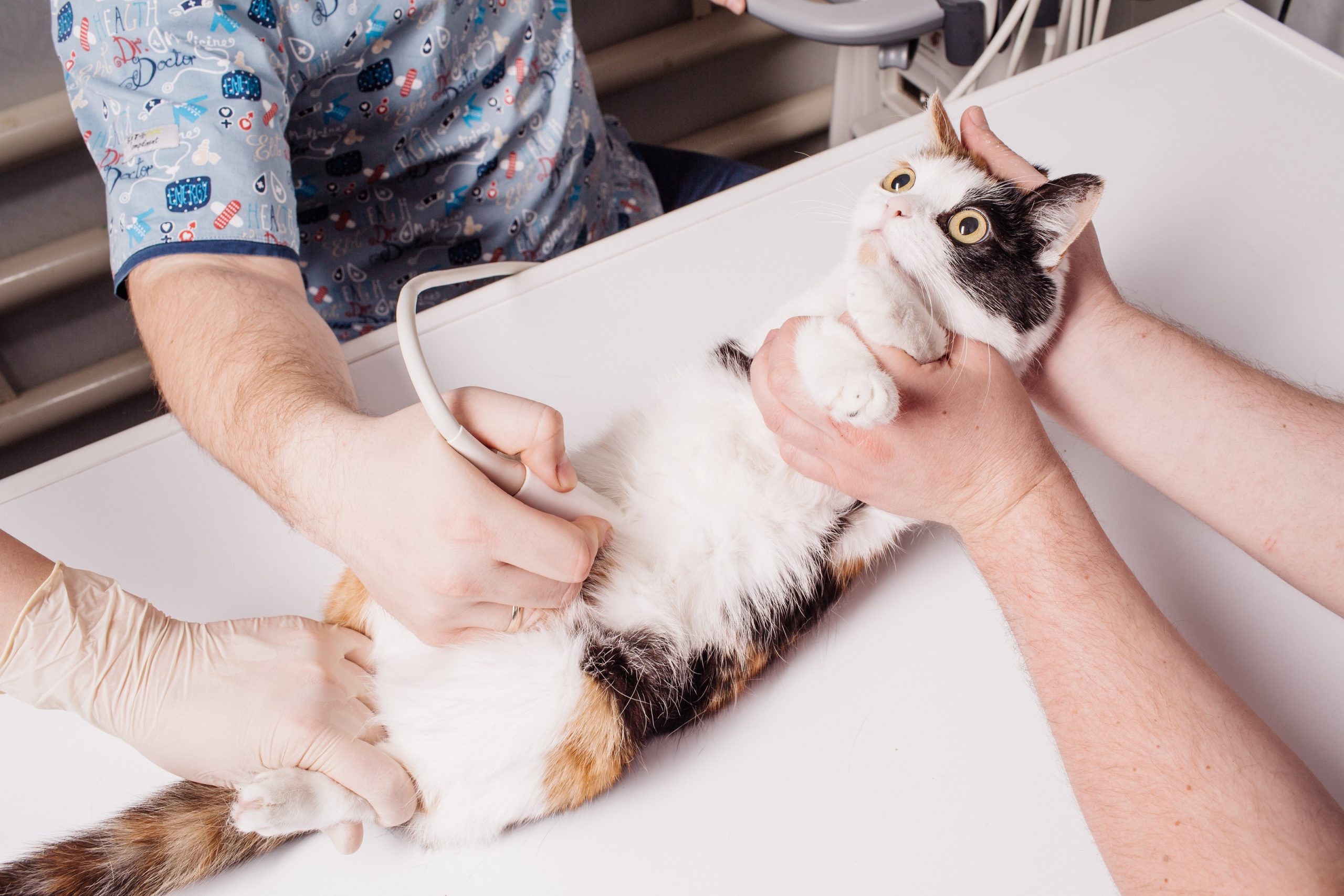
Having a pregnant cat can be a wonderful, but sometimes overwhelming experience. With the proper guidance and care, however, you can help make sure that your pregnant cat has a safe and healthy pregnancy. Taking care of a pregnant cat is relatively simple and involves making sure she has a comfortable home, nutritious food, and regular veterinary check-ups. In this blog post, we will cover the basics of feline family planning and provide some helpful tips for taking care of a pregnant cat.
Cats
Signs of Cat Pregnancy Week by Week
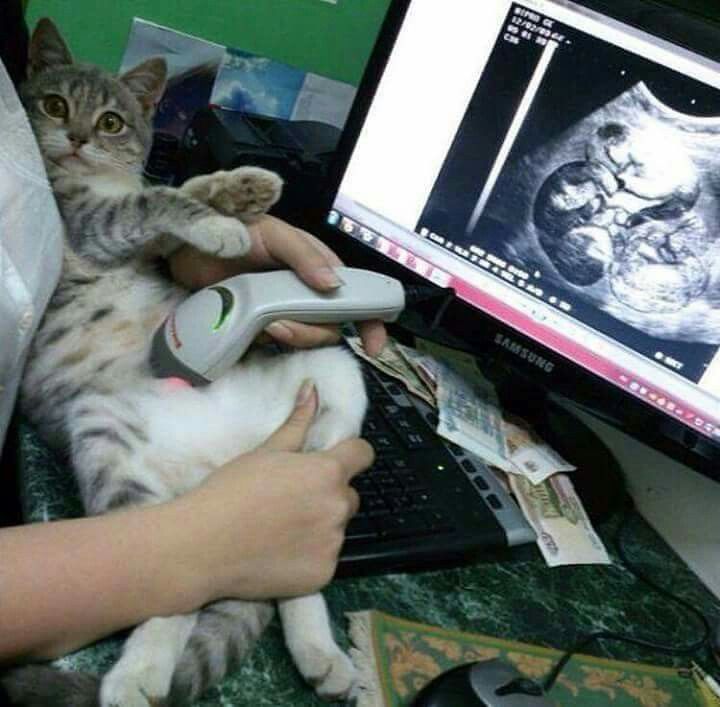
If you’re a cat owner, you may have noticed signs of your cat’s pregnancy and are wondering what to expect. Knowing the signs of cat pregnancy by week can help you better understand and monitor the changes your cat is going through during her pregnancy. In this blog post, we’ll discuss the various signs of cat pregnancy and what to expect from week to week.
Cats
Why Kittens are Born Dead or Deformed
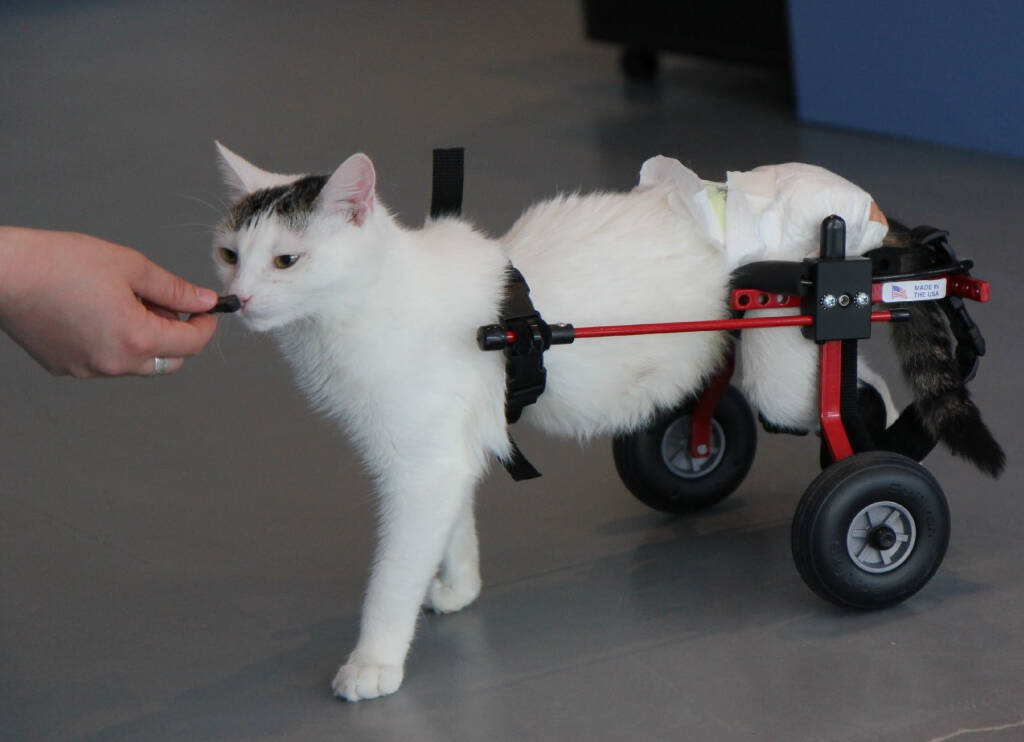
No one expects to find dead or deformed kittens in a litter, but sadly this does happen from time to time. In this blog post, we will discuss the reasons for the birth of dead and deformed kittens, as well as what can be done to prevent this from occurring. We will also discuss how to properly care for these kittens if they are born alive. By understanding the causes and effects of dead and deformed kittens, we can better support our furry friends in need.
Trending

 Cats12 months ago
Cats12 months agoDon’t Feed Your Cat These 8 Foods!

 Cats8 months ago
Cats8 months agoWhy Do Cats Spray and How Can You Stop Them? Insights into Urine Spraying in Male Cats

 Dogs2 years ago
Dogs2 years agoSo You’re Thinking About Getting a Poodle

 Birds1 year ago
Birds1 year agoThe Perfect Blend for Your Birds: Birds and Blend

 Horses1 year ago
Horses1 year agoDon’t Go Horse Shopping Without Checking This Dressage Horse Shopping Checklist First!

 Cats7 months ago
Cats7 months agoPre-Vaccination Prep: Getting Your Cat Ready

 Cats7 months ago
Cats7 months agoThe Ins and Outs of Cat Sterilization: Removing the Female’s Ovaries

 Dogs7 months ago
Dogs7 months agoWhat to Do With Your Dog’s Body After Death: A Guide for Pet Owners




